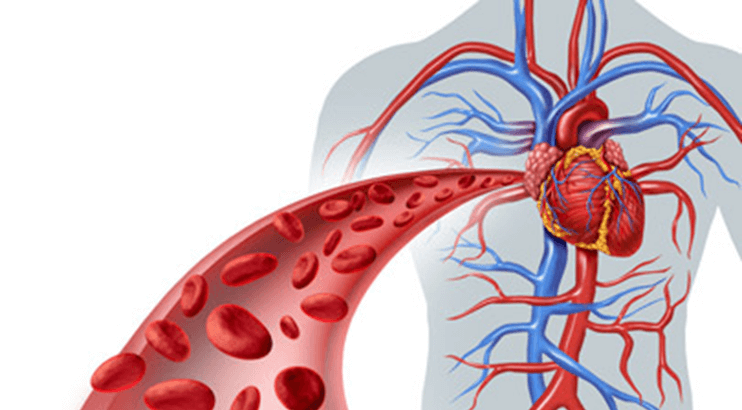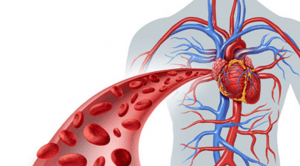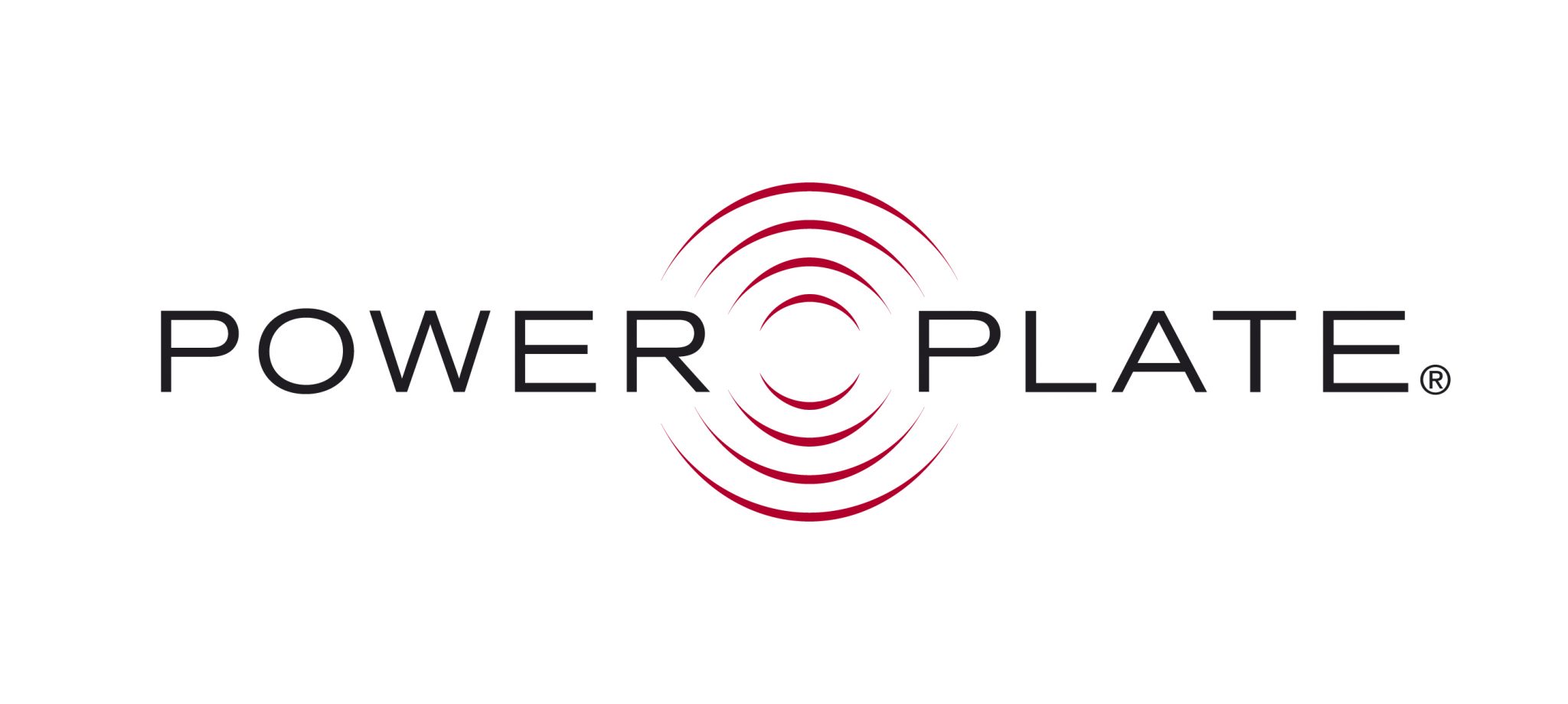
11/09/2017 | All news, Women's wellness
Along with changes in oestrogen levels during menopause, growth hormone (hGH) levels drop. hGH is the “Youth Hormone” and it influences metabolism, cell repair and growth, amount of muscle, energy levels, bone strength, brain function, sexual function, organ health, condition of nails, hair, skin, and much more …
By the time we are 50 years old, our bodies produce only 20% of the amount of hGH we produced at 20 years, and signs of “ageing” well and truly have started to appear. Through positive lifestyle changes we are able to slow the decline and even boost growth hormone levels, to assist with fat metabolism, amongst other things.
Relaxation and exercise are key
Vital to anyone of this age seeking fat loss is stress reduction. Cortisol, the stress hormone, has a negative impact on the amount of Growth Hormone you produce. So prioritising restorative activities, reducing stress factors in your life, and improving your capacity to deal with stress is essential. The quantity and quality of sleep also has an influence on hGH production, fat loss and vitality.
Exercising at the right intensity can help to optimise hGH levels. A good strategy would be to perform three to five short “metabolic” sessions per week, where at least 10 minutes is high intensity so you get sweaty, increase your heart rate, and “feel the burn”. The maximum workout time should be between 20 and 30 minutes, so keeping it short and sweet is key.
Power Plate training offers a time effective way to get “bang for buck”. Heart rate increases, metabolic burn can be reached, anabolic hormones released, and nothing beats the stress-reducing massage on the Power Plate machine. Sweet.
Read more about Women’s Wellness


11/09/2017 | All news, Heart health
Cardiovascular health or fitness and vascular aging are associated with muscle strength and muscle mass. Last week we looked at the effect of whole body vibration training on muscle mass – this week we look at the effect of whole body vibration on muscle strength.
There is plenty of evidence suggesting that whole body vibration exercise could be an alternative for increasing strength in both young and old. Strength has been found to have increased in all the following scenarios – whole body vibration on its own; whole body vibration combined with resistance training; in young athletes; in post-menopausal women, and in elderly populations.
As with anything however – a vibration training machine is just a tool – and it is how you use it and what parameters it operates at, that are going to make the difference between getting benefits for yourself or not.
Research shows …
 Many studies reviewed have used a Power Plate machine which has a tri-planar 3D vibration. The vibration frequencies of Power Plate that are effective for strengthening lie between 25-40Hz. The training protocols involved training sessions three times per week, for a minimum of 15 minutes.
Many studies reviewed have used a Power Plate machine which has a tri-planar 3D vibration. The vibration frequencies of Power Plate that are effective for strengthening lie between 25-40Hz. The training protocols involved training sessions three times per week, for a minimum of 15 minutes.
To get the optimum results, we recommend performing a range of movements to offer variability and stimulate more muscle.
Research also shows that the long-term benefits to the cardiovascular system show whole body vibration can improve circulation also, making it a very relevant method of cardiovascular therapy.
The immediate effects to circulation, of lying with arms or legs on a Power Plate machine, are self-evident. There are local increases in blood flow to the skin in the arms and legs immediately after a passive “massage” session – where no voluntary muscle contractions are performed. An increase in blood flow has also been seen straight after doing 10 minutes of static or dynamic squatting exercises.
Benefits for everyone
Research studies have looked at the effect of exercising on a Power Plate, in groups of overweight/obese women, in post-menopausal women and in hypertensive or pre-hypertensive women. A 12-week training programme led to drops in blood pressure, and reduction in arterial stiffness, improving arterial function.
In Type 2 diabetes sufferers, femoral artery blood flow and velocity increases suggest improvements in leg artery vasodilation after 12 weeks of WBVT.
Many elderly people have elevated systolic blood pressure, and arterial stiffening, and the likelihood of cardiovascular events is increased.
A final factor to consider when looking at heart healthy is fat. Body composition has serious consequences on heart health. Research has found that Power Plate training has greater potential to reduce visceral abdominal fat than a combination of aerobic and resistance training in middle-aged obese adults. An 8-month combination of resistance training and Power Plate was effective for decreasing total body fat percentage postmenopausal women. An 8 week study found it also effective in the young and a 6 month study found it effective in the elderly.
So Power Plate is for everybody – but do note that the addition of resistance to the Power Plate training had a marked effect in shifting those unwanted pounds.
The body’s long term chronic adaptations to whole body vibration training could translate into healthy heart benefits for not only the elderly.
Read more of the available research

11/09/2017 | All news, Heart health
Exercise has long been known as a non-pharmacological therapeutic modality to restore impaired cardiovascular function. Recently, whole body vibration has emerged as a useful method for improving overall health, with improvements in body composition, muscular strength and heart health being common. Whole body vibration training is also particularly effective for elderly and deconditioned people who cannot participate in traditional exercise.
Over the next few weeks we will take a look at just how whole body vibration has been proven to be a very useful therapy tool for improving cardiovascular health.
There are different types of vibration platforms used in clinical studies including rocking side to side action of the platforms, uniformly up and down action, and triplane in which the surface moves font to back, side to side, and up and down directions.
 The mechanical action of the vibration causes a change in length of the muscle-tendon complex, which activates reflex muscle contractions. Performing an exercise on the vibration plate causes more muscle activity than performing the same exercise on the floor – more muscles, doing more work, more often.
The mechanical action of the vibration causes a change in length of the muscle-tendon complex, which activates reflex muscle contractions. Performing an exercise on the vibration plate causes more muscle activity than performing the same exercise on the floor – more muscles, doing more work, more often.
The rate of vibration (or Hz) has an influence – with frequencies between 35Hz and 45Hz creating more activation than frequencies below 35 HZ, and therefore delivering more benefit. Power Plate has tri-planar movements with a frequency range between 25 and 50Hz, depending on the model.
Cardiovascular health or fitness and vascular aging are associated with muscle strength and muscle mass. The more muscle that is lost through the ageing process, the higher the risks of cardiovascular disease.
The effect of whole body vibration on muscle mass
Several studies have shown whole body vibration to result in increases in muscle mass in the young and the old, in healthy or obese, and diabetic and diseased clinical populations.
These studies varied in length from 8 weeks to over 6 months. In many of these studies the increase in muscle size from whole body vibration training was very similar to what conventional strength training achieved. Important to note however that the amount of time of the training session for whole body vibration was much shorter than the strength training session.
Another consideration is that many of the groups studied were not able to attend regular strength training sessions due to illness, physical condition, diabetes, or obesity. The shorter sessions meant that compliance was better – leading to healthier long term outcomes.
It was concluded that whole body vibration training with the right parameters can be as efficient as regular fitness training methods in increasing muscle mass, in less time.
Read part 2 of this article now




 Many studies reviewed have used a Power Plate machine which has a tri-planar 3D vibration. The vibration frequencies of Power Plate that are effective for strengthening lie between 25-40Hz. The training protocols involved training sessions three times per week, for a minimum of 15 minutes.
Many studies reviewed have used a Power Plate machine which has a tri-planar 3D vibration. The vibration frequencies of Power Plate that are effective for strengthening lie between 25-40Hz. The training protocols involved training sessions three times per week, for a minimum of 15 minutes.